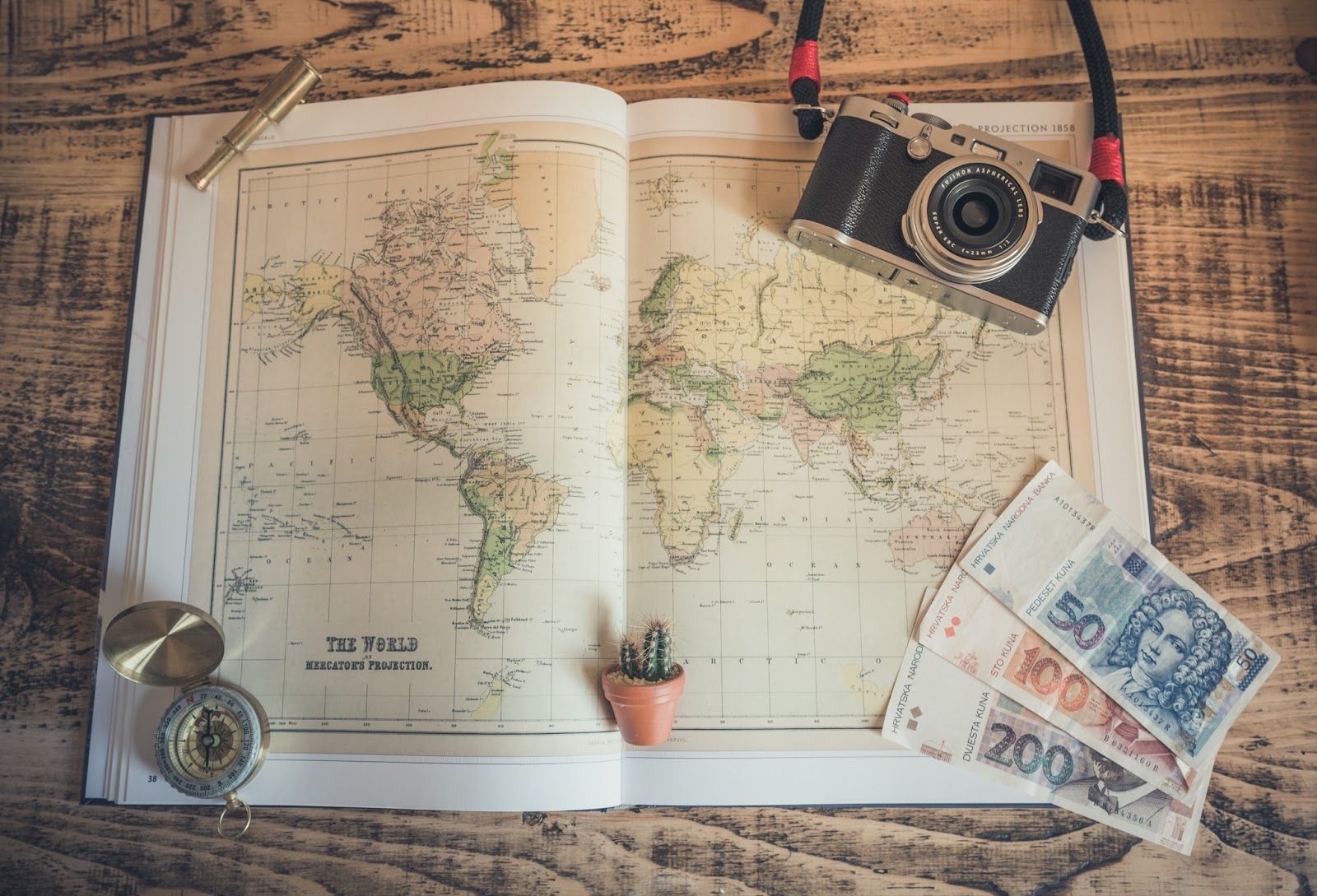Time Travel: The Science of Time Zones | Por @OpenEXO
As a scientist, I frequently happen to have digital worldwide research collaborations or be invited to global conferences and events. Recently, I traveled to San Francisco (CA, USA) because I had the opportunity to present my research work at the Annual Meeting of the Cognitive Neuroscience Society. It is my third time in the USA, for the same reason, and if you think it is a long trip from Germany, where I currently work. Therefore, I had enough time to think about what would have been an excellent topic to discuss and write about on the flight. By looking at the display located right in front of my face. The display indicated the local time of the departure city and the current time of the arrival city. San Francisco is 9 hours backward compared to Germany. Therefore, I started questioning how time zones work across the world, why this event happens, and what the effects are on human life and habits.
Furthermore, based on my regular experience having Zoom meetings with the USA, I was thinking, “do people in the USA age later than people in the EU?” and “When I text or call a USA colleague, am I doing it in the future?” “Are they living in the present or still in the past?”
These were curious questions about time that I needed to answer. And while doing so, the best way was to write an article about it. So, if you are a curious explorer like I am, hang on and read this.
Why do we have different time zones?
A good way to understand time zones is to start with the question, “How long does it take the Earth to make one full rotation on its axis?
Our planet Earth has the shape of a sphere that spins on an imaginary pole (axis), and every 24 hours, it makes a complete rotation around it. Thus, a complete rotation equals a day. However, during this rotation, some parts of the Earth will be exposed to light while others to darkness. During this movement, day and night are defined. For example, as your location on Earth rotates into the sunlight, you see the sunrise, whereas, in a rotation out of sunlight, you would see the sunset. Therefore, time zones are needed to enter and exit daylight at different times. Otherwise, a specific time (e.g., noon) would be in the middle of the day in some locations, but it might also be early morning or night in others.
Living in time zones is certainly not a new topic, but compared to centuries ago, today, in a fully connected world, this fact becomes more complicated and needs organization. Indeed, when people started to travel across North America by train, train stations had to match 75 time zones! Thus, to solve this problem, in the late 1800s, scientists proposed the “standard time,” and by studying the movement of the Earth, they created a zone map of the world. While rotating around its axis, every 60 minutes, the Earth moves about 15 degrees. Thus, after 24 hours (one day), it completes a full rotation of 360 degrees. Based on this concept, the Earth was divided into 24 time zones, and each would be 15 degrees of longitude wide. Moreover, at the equator level, the distance between zones is the greatest, which gets shorter at the pole locations due to the planet's curvature. In addition, the equator is 24,902 miles long, and the distance between zones at the equator is 1,038 miles (approximately).
How does time work?
What is Greenwich? The imaginary lines dividing these zones begin at Greenwich (a suburb of London). The primary line is called the prime meridian, and this longitude dividing line is the angular distance between the prime meridian at Greenwich and any other meridian points. Hence, this reference time at Greenwich is called Greenwich Mean Time (GMT). For example, moving 15 degrees to the west from Greenwich would shift into one hour earlier, whereas moving to the east an hour later. However, some countries (e.g., China) did not accept the standard time, and instead, they preferred to set their own time. Other countries also adopted different systems that modify the time zones by smaller increments (e.g., 15 or 30 minutes). Therefore, today we experience more zones than the standard 24.
So how do time zones work across the world? For example, if you live in San Francisco (GMT - 7) and I live in Germany (GMT + 2), we have 9 hours difference. When you wake up at 7 am, I would be in the middle of my afternoon (4 pm). However, in the continental United States, there are four time zones (Eastern, Central, Mountain, and Pacific), and each of these locations also has different time zones. Thus, if you live in New York (GMT - 4), we have a 6 hours difference.
GMT or UTC? What is the reference?
I previously described what GMT is and how time zones are defined based on it. However, the Coordinated Universal Time (UTC) is often used now. Thus, what is their difference?
GMT refers to mean solar time at the Royal Observatory, and it is a system initially developed in 1850 to track time according to the Earth’s rotation. UTC is not a time zone but an atomic time scale that approximates GMT developed in 1970. The UTC system is the International Atomic time (TAI), with leap seconds added at irregular intervals to compensate for the Earth’s slowing rotation. Nevertheless, it refers to the mean solar time at Greenwich.
This video explains the history of time zones worldwide and how GMT and UTC were used.
Full article in Insight OpenEXO













No hay comentarios.